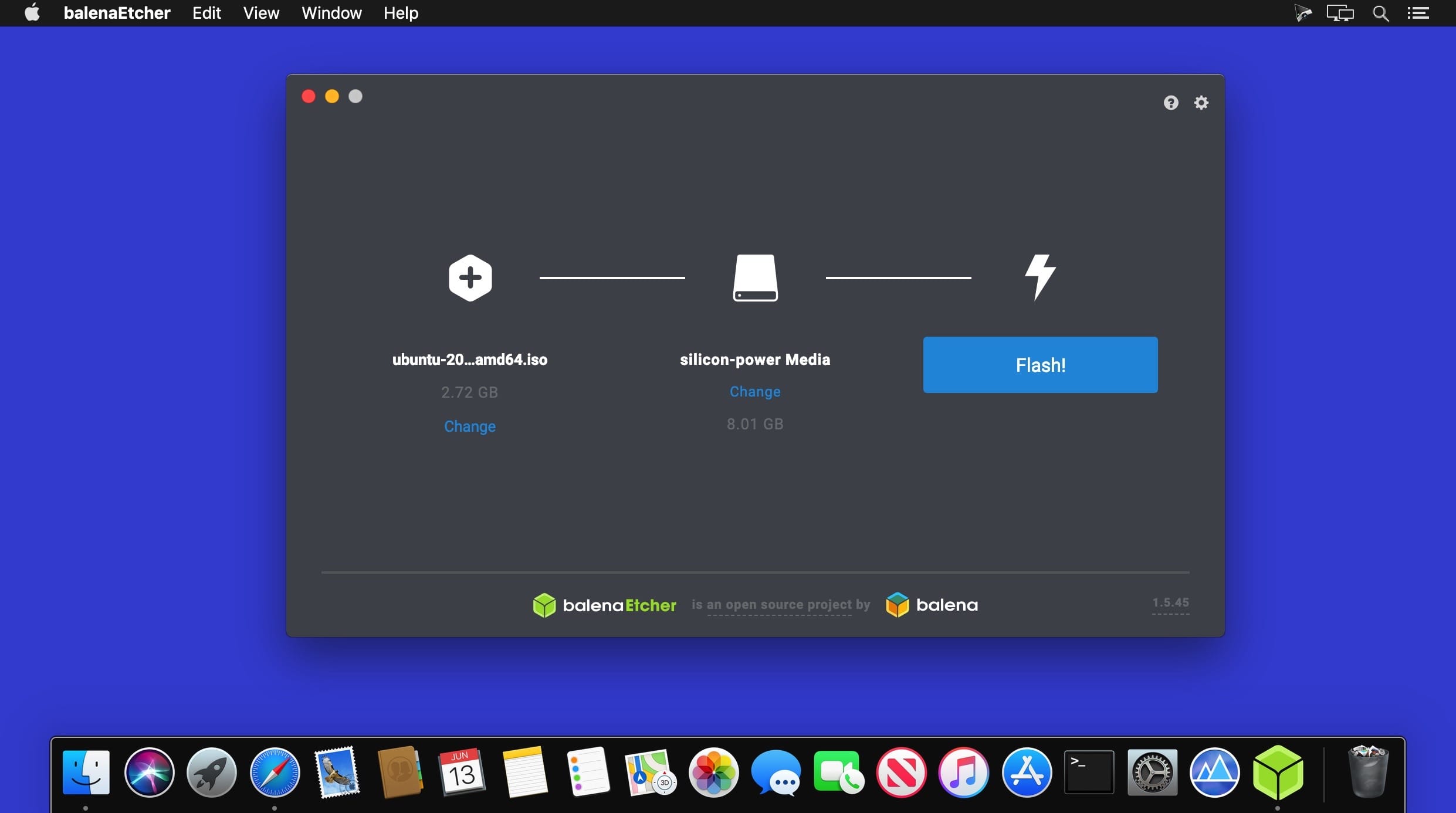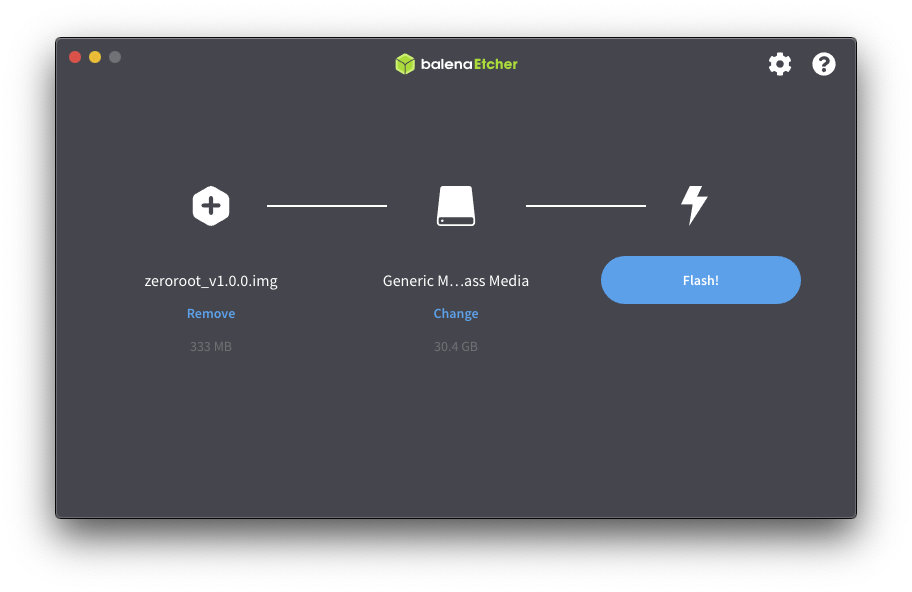

The Etcher settings panel is very clear and easy to use. To do that, click on the gear icon as marked in the screenshot below. You can also change Etcher settings to control how Etcher will flash the microSD cards or USB storage devices as well. It should be selected as you can see in the screenshot below. Just select the ones that you want to flash from the list and click on Continue. NOTE: You can also flash multiple USB devices or microSD cards at the same time with Etcher. Now, select the one you want to flash using Etcher from the list and click on Continue. If you do have multiple USB storage devices or microSD card attached on your computer, and the right one is not selected by default, then you can click on Change as marked in the screenshot below to change it. Now, insert the microSD card or USB storage device that you want to flash with Etcher. Now, select the operating system image file that you want to flash your microSD card with and click on Open. First, open Etcher and click on Select image.Ī file picker should be opened. You can now flash microSD cards using Etcher for your Raspberry Pi. You can start Etcher from the Application Menu as you can see in the screenshot below. Now, you don’t have to start Etcher from the command line anymore. Just click on Yes.Įtcher should start as you can see in the screenshot below.
#DEBIAN BALENAETCHER UPDATE#
As I am using Debian 9 Stretch for the demonstration, I will cover Debian based distributions here only.įirst, update the package repository of your Ubuntu or Debian machine with the following command:
#DEBIAN BALENAETCHER INSTALL#
On Ubuntu, Debian, Linux Mint and other Debian based Linux distributions, it is a lot easier to install zenity as zenity is available in the official package repository of these Linux distributions. In order to run Etcher on Linux, you need to have zenity or Xdialog or kdialog package installed on your desired Linux distribution. Now that you have downloaded Etcher for Linux, you are ready to install Etcher on Linux.

Your download should start as you can see in the screenshot below. Your browser should prompt you to save the file. If that is the case for you as well, scroll down a little bit and click on the link as marked in the screenshot below. You can click on the download link as marked in the screenshot below to download Etcher for Linux but it may not work all the time. First, go to the official website of Etcher at and you should see the following page. You can download Etcher from the official website of Etcher.


 0 kommentar(er)
0 kommentar(er)
